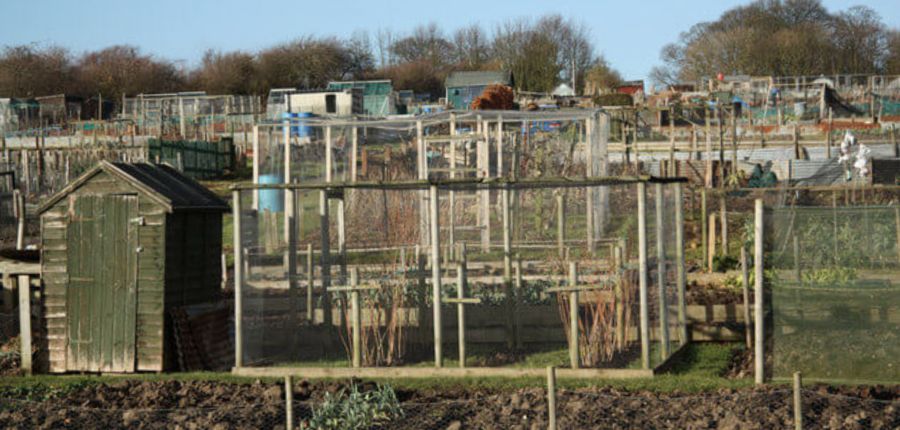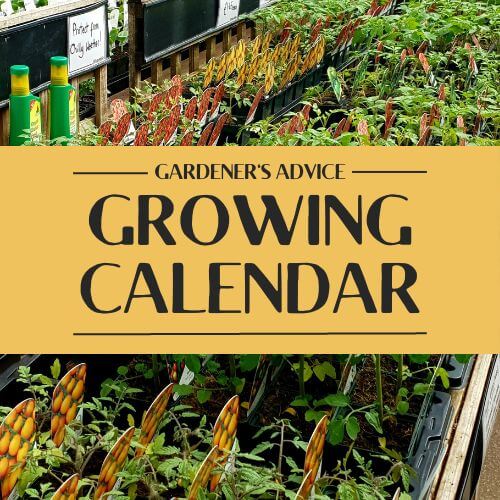How to deal with pests
Posted By: rocket veg Category: Growing Veg, Pests and Diseases, Plant CareWhat with slugs, pigeons, green and whitefly and all manner of other pests, us poor fruit and veg gardeners have much to contend with in our efforts to make sure that our crops flourish and produce the goods. It sometimes seems that the moment a tiny seedling emerges from the ground, or a juicy berry begins to ripen, some predator or other is lying in wait to have its fill. Over the years, I have tried various methods of pest control with varying degrees of success. Like many fellow allotmenteers, I have sought inspiration and ideas from elsewhere, copying what looks like another person’s fool-proof methods to ward off pests and in the process assembling a vast collection of poles and sticks, wire mesh, lengths of netting and scraps of fleece – the latter safely stuffed into a sack which made the perfect home for a family of mice over the winter!
With crops busy growing, a (tiny) bit of rain and the promise of summer ahead, now’s the perfect time to share a few methods keeping pests at bay with you…
Cages
Undoubtedly the best way to keep birds from your crops – especially soft fruit and brassicas - is to construct a frame over which to drape plastic or woven netting. Canes are fine for making a temporary frame and when it comes to fastening canes together, plastic cable ties are way better than string – less fiddly to manipulate and far stronger. If you are into soft fruit gardening, you may wish to invest in a more permanent fruit cage. There are many different types on the market, mainly based around an alloy frame, but if you are at all ‘handy’ you might consider making your own from treated timbers and metal angle brackets – a perfect winter project which will make you the envy of your fellow gardeners.
Mesh tunnels
Most allotmenteers are great hoarders, always on the lookout for odds and ends ‘which might come in handy one day’. I acquired some lengths of sturdy wire mesh a few years ago: now cut to size and gently bent to shape, just the job for covering rows of young brassicas to stop the pesky pigeons having a feast. You can buy similar plant protection in the form of a line of small hoops covered with plastic netting, but why not have a go and make your own? Roofing batten is easy to cut to length and screw together to make a longish frame which will support a covering of clear plastic or netting.
Cloches
Much loved by Victorian gardeners, traditional cloches – either bell jars or small sheets of horticultural glass held together by a series of neat metal spring clips – have largely been superseded by plastic equivalents for obvious practical and safety reasons. Once again, discarded items serve just as well: seek out empty bottles from water coolers…cut the base off and you have the perfect covering to get a tender seedling off to a flying start. Reinforced plastic sheeting is available by the metre and can be fitted over hoops made from bent wire or blue plastic water piping.
Bird scarers
Discarded CDs hanging from a string line and dancing in the breeze send a pattern of light flashes over the surrounding ground and in so doing, frighten away any birds intent on having a feast. This system seems to have worked well for me over the years, although I am convinced that the pigeons soon learn to ignore the distracting flashes and become bolder in their attempts to get at the tasty crops. My allotment neighbour stretches strong nylon tape between two fence posts, the tape vibrating in the slightest breeze giving off an eerie noise which keeps birds away.
Fleece
Where would we be without horticultural fleece! It’s perfect for protecting tender plants from sudden dips in temperature as well as helping to retain much-needed moisture in the surrounding soil. I am also convinced that covering freshly-sown seed – bean and pea in particular – deters mice from digging up and eating the seed. It’s time to sow peas and mange touts, so why not try the fleece trick for yourself. Good luck with your efforts to deter all manner of pests.







